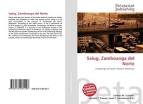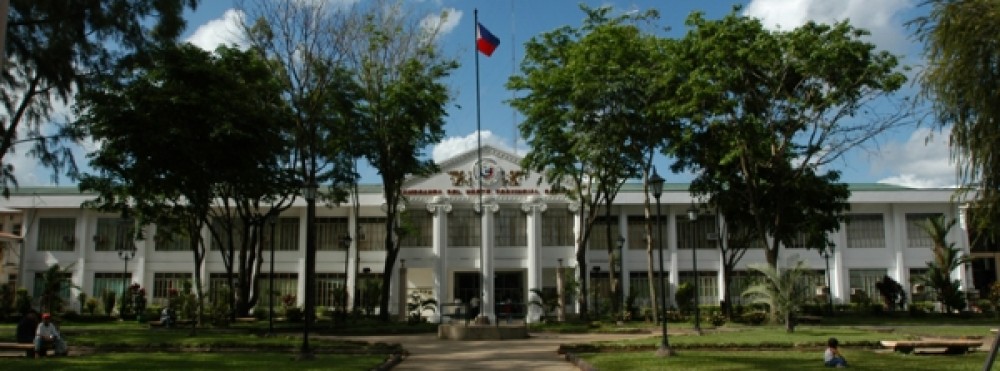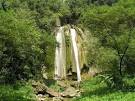
Zamboanga del Norte is a province of the Philippines located in the Zamboanga Peninsula region in Mindanao. Its capital is Dipolog City and the province borders Zamboanga del Sur and Zamboanga Sibugay to the south and Misamis Occidental to the east. The Sulu Sea lies to the northwest of Zamboanga del Norte.
The province occupies a total land area of 6,618 square kilometers and is subdivided into 25 municipalities and 2 cities. These are further subdivided into 691 barangays, and clustered into 3 congressional districts.
Zamboanga del Norte has a population of 823,130 according to the 2000 census. Its population density is 124/km2. It is ranked 27th among the provinces both in terms of population and population density.
The main dialect spoken is Cebuano. Chavacano, English and Tagalog are also spoken, indicative of a high level of literacy. The original and native Subanon dialect lives on, especially in the highlands.
About half of the province’s land area is devoted to agriculture. Corn, coconut, and rice are major crops. The province being rich in marine and mineral sources, its fish production has accelerated through the development of fishponds. Commercial fishing has likewise steadily increased through the years, with the yellow fin tuna as the primary species.
In 2006, a study by National Statistics Coordination Board (NSCB), found Zamboanga del Norte Province to be the Philippines’s poorest with a poverty incidence rate of 64.6% in 2003, an increase from 47% in year 2000 statistical figures.
Source: Wikipedia







